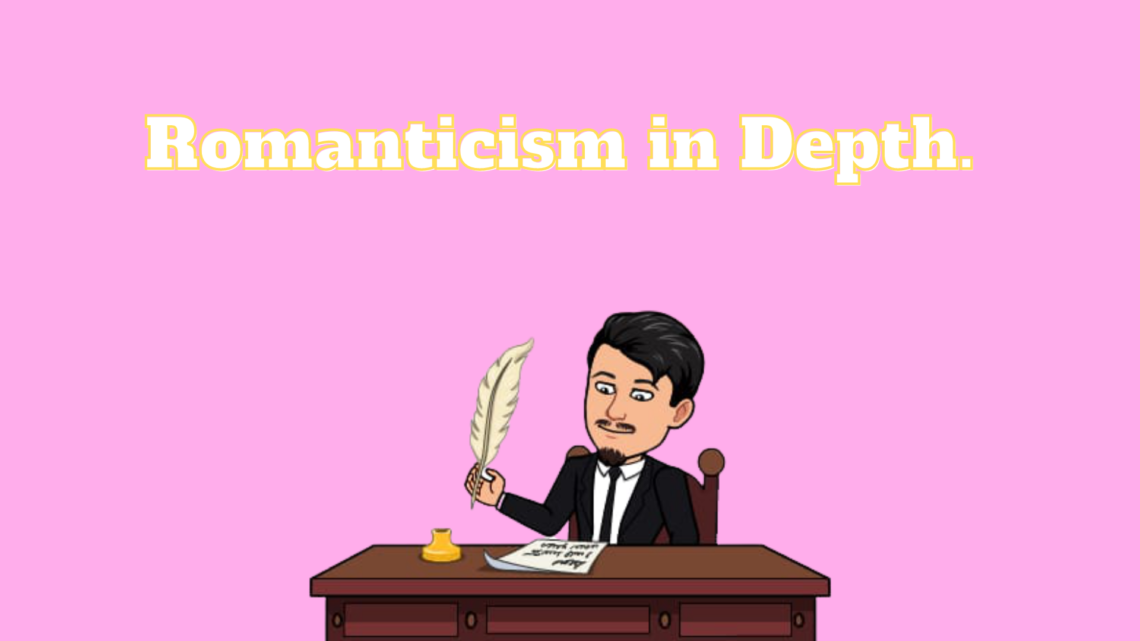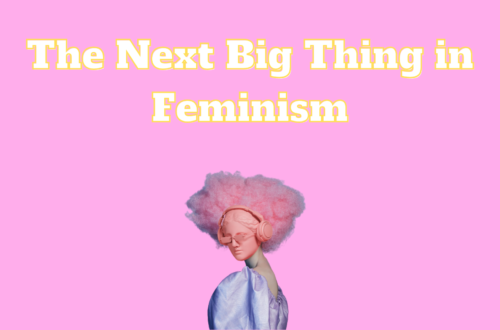
Romanticism in Depth.
What is Romanticism?
Romanticism – a word used in various aspects- has evolved to mean different things. The word’s foundation is in leading a movement, mainly in the art and literature world in the 18th and 19th centuries. It was a campaign against the Neoclassicism of the previous centuries.
German poet Friedrich Schlegel who first used the term ‘romantic,’ defined it as ‘literature depicting emotional matter in an imaginative form.’ Victor Hugo described it as ‘liberalism in literature.’
Imagination, freedom, and emotion are the focal points of romanticism. Romanticism included themes of individualism, love, and nature worship in literature. And also the superiority of imagination to reason, devotion to beauty, spontaneity, freedom from rules, breaking stereotypes, and fascination with myths and mysticism.
The Evolution of Romanticism
In the 16th century – the French used it as romaunt, which further evolved into romant. The word originally was from the Latin or Roman dialects. It meant ‘like the old romances.’
L. P. Smith defined it as a fictional being or feeling that has no existence in the natural human world. It denoted castles, mountains and forests, solitary places, and wild nature.
The different variations of the word like romanz, Roman, romant, etc., Were known as imaginative works or a courtly romance and also used to signify a popular book or a novel.
17th century – It became a part of literary criticism.
In Germany, it was against the word classical. In Britain and France, the term was known for fanciful, bizarre, exaggerated, or chimerical meanings. Romanesque in France indicated derogatory. In contrast, Romantique meant gentle, sentimental, and sad. Romantisch is the term used in Germany.
18th century – It shaped imagination, emotion, and individuality. In the English sense, it indicates gentle and melancholy.
In the 1880s – Lake poets Wordsworth, Coleridge, and Southey were grouped with Scott, Byron, Keats, and Shelley as the romantic poets.
The variety in the definition of the word romantic reflects the complexity of European romanticism. Romanticism is one of the most remarkable examples of how a word can mean different things based on personal and individual needs. F. L. Lucas counted 11,396 definitions of the word in ‘the decline and fall of the romantic ideal’ (1948)
Romanticism – A Revolution
Romanticism is a revolution against the Age of Enlightenment. The concept went against the scientific and rationalization of nature, social and political norms of the Age of Enlightenment, and everything modern. Romantic thinkers influenced conservatism, liberalism, radicalism, and nationalism.
It emphasized strong emotions such as fear, horror, and awe. Romanticism revived forgotten elements of folk art and medievalism. It also created an escape from early urbanization and industrialism.
Early movement was rooted in the Sturm und Drang, a German campaign that revolved around intuition and emotion. French revolution became a vital part of the romanticism movement, as it came with the promise of liberty, equality, and fraternity. Humanitarianism was developed enthusiastically by romantic writers.
Charles Baudelaire stated that romanticism is neither the choice of subject nor exact truth; it is a way of feeling. It precisely echoed romanticism’s ideas. People chased liberty, self-actualization, and spirituality in the romantic era.
Romanticism in Art
In the 1760s – it was First seen in landscape paintings by British artists. These paintings often depicted elements of human life and the prominence of death. Some painters abandoned classical drawings and expressed their feelings using mysticism.
1810 – The Nazarene movement of German artists concentrated on medieval history paintings with religious and nationalist themes.
The arrival of romanticism in French art was quite late due to Neoclassicism in the academies. Girodet’s ‘Ossian receiving the Ghosts of the French Heroes for Napoleon’s Château de Malmaison’ was one of the earliest.
1818-19 – The Raft of the Medusa, the most outstanding achievement of the Romantic history painting by Theodore Gericault, depicted a powerful anti-government message.
1830 – Eugene Delacroix’s Liberty Leading the People remains one of the best-known works of French romantic painting, reflecting current events and historical pictures.
1834 – Auguste Preault’s plaster relief ‘Slaughter’ caused a scandal at Paris Salon and got him banned for 20 years from the exhibition. It represented the horrors of wars with exacerbated passion.
Romanticism in Literature
It dealt with criticism of the past, sensibility, women and children, solitary life, and devotion to nature. Several romantic writers also explored the supernatural and human psychology
16th century – Isabella di Morra’s work on isolation and loneliness was considered an impressive prefigurement of romanticism.
1762 – James MacPherson influenced early development with the success of his Ossian cycle of poems.
Germany – Important themes in German romanticism were travel, nature, and myths. The later part became darker and had gothic elements in German romanticism.
Great Britain – Most of the works were around the lives of the poor and devotion to nature. They also involved the gothic side. Few writers, in contrast, explored violence and drama in exotic and historical settings. They had little connection with nationalism, unlike the German.
Romanticism spread to France, the United States, Spain, Italy, Russia, Portugal, Poland, and Scotland. Though late to France and difficult for the artists, they published notable works of contemporary history and politics.
Scotland poets developed a new sense of nationality, and their works revolved around Scottish cultural identity. Their work significantly impacted the development of British literature and drama in the romantic era.
The Polish writers revived old traditions and customs in this era and presented them positively. Polish Romanticism featured emotionalism, fantasy, folklore, and country life and propagated ideas of freedom. In the later period, their work dominated the political struggle for Poland’s freedom and sovereignty.
Romanticism in Music
Musical romanticism was initially a German phenomenon. German romanticism was more closely related to music than to the French. It was in the period roughly from 1800 to 1850. Until 1900, music application did not coincide with the modern interpretation of music.
1810 – Haydn, Mozart, and Beethoven were named masters of instrumental compositions who breathe the same romantic spirit by E. T. A. Hoffmann.
According to Hoffmann, a child-like serenity prevailed in Haydn’s music. At the same time, Mozart led us into the depths of a spiritual world with elements of fear, love, and sorrow. On the other hand, Beethoven’s music conveys immeasurable pain with endless longing. It resulted in the promotion of music that values pure emotion.
19th and 20th century – towards the end of the 19th century, scientific periodization of music history was seen. And proposing A distinction between Viennese classical and romantic periods. Romanticism achieved full maturity in the post-Beethoven generation. The romantic era of music extended to the first decade of the 20th century.
Romanticism in Architecture
Architecture in its romantic era appeared in the late 18th century and reached its peak in the mid-19th century. It was against the rigid forms of Neoclassical architecture. It evoked an emotional reaction, respect for tradition, and nostalgia. Romanticism in literature and inspired by Middle Ages architecture, and gothic architecture influenced architecture. They tried to retain romanticism as much as possible through architecture, using modern construction methods for durability.
Romanticism in Modern World
Romanticism got replaced by its polar term Realism at the beginning of the 19th century. Fewer and fewer artists continued to publish in this era, known as post-romanticism, seen through television, film, literature, art, and music in today’s world. Today’s artists keep romanticism as their central idea and combine it with current events. They mostly revolved around the themes of liberty, self-actualization, self-love, respect, and preservation of history and nature.




